Which side should you put the foil on the baking sheet?
Every housewife who uses aluminum foil in cooking knows that its sides are different. One of them is shiny and the other is matte. But few people know how they differ and how to properly place it on a baking sheet when cooking. Looking ahead, we note that their properties are almost similar.
The content of the article
Which side should you put the foil on the baking sheet?
Most people don't even think about the difference. Until the sheets are in your hands. And at this moment we involuntarily hesitate - which side should we turn the sheet torn from the common roll?
Many housewives are inclined to cover with the matte side down, since the shiny side heats up more.
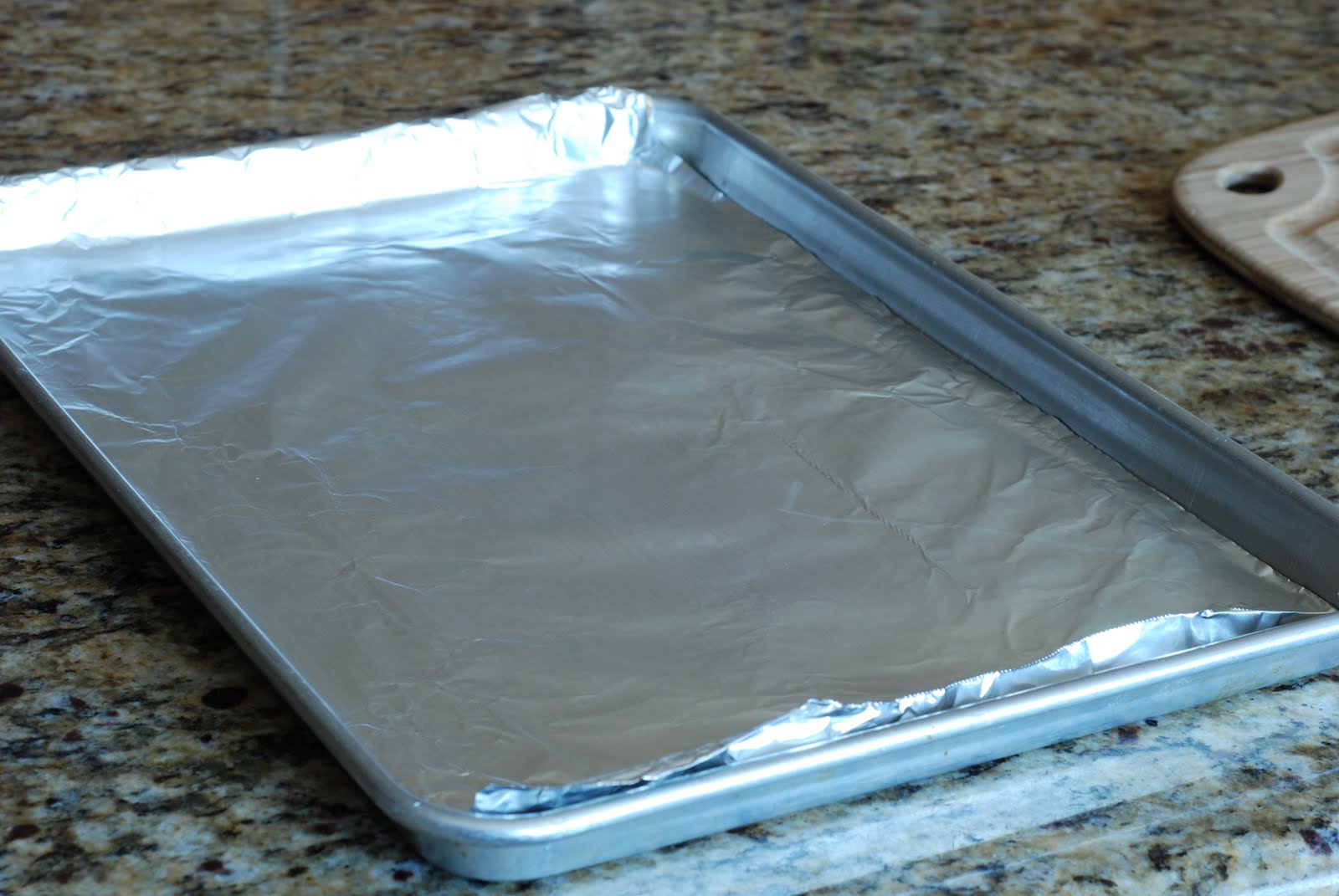
How are the surfaces different?
Aluminum is used to make food foil. This is a safe, non-allergenic metal. It is rolled out to the thinnest sheets on special huge rollers. Two layers are launched into the process at once, which leads to their contact with each other.
It is the side where the contact occurs that becomes matte. When in contact with the shaft, the surface remains glossy.
The main difference is the heating. Matte absorbs heat faster and “cooks” food. At the same time, the glossy side stays hot longer, keeping food fit for consumption. In addition, shiny products do not burn.
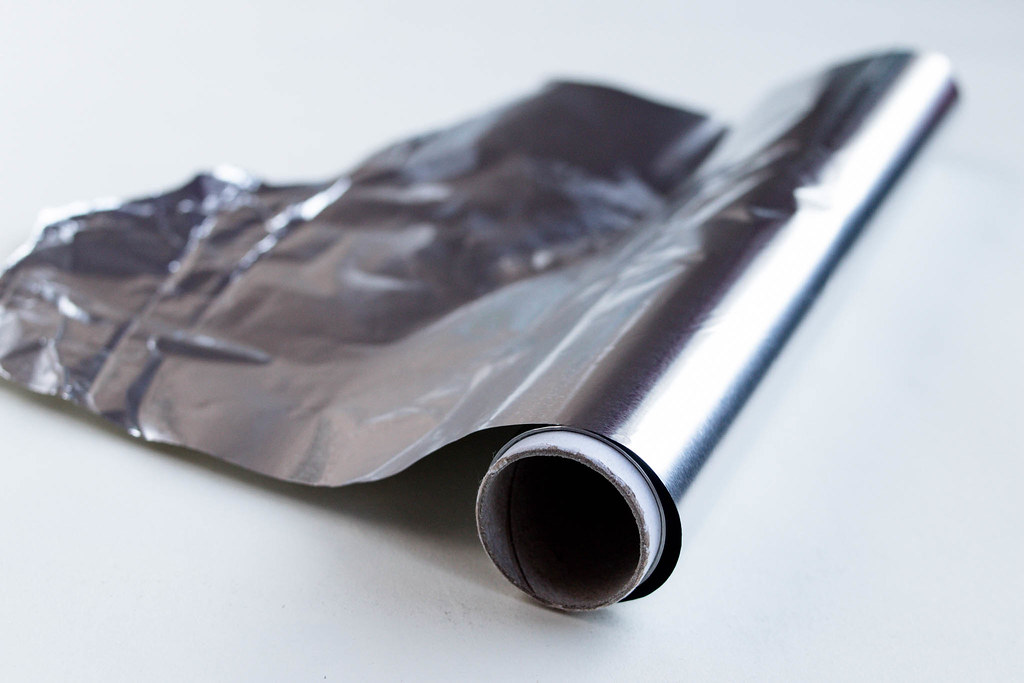
How to properly line a baking sheet
It is recommended to place the foil with the glossy side up when it comes to lining the baking sheet. When covering the dish and placing it in the oven, use foil with the matte side facing up.
This is explained simply: the shiny part heats the food faster and it does not burn. Therefore, food prepared on a baking sheet with such a bedding will be juicy and aromatic. The matte side heats up faster, so it can speed up the process and preserve odors inside the package.
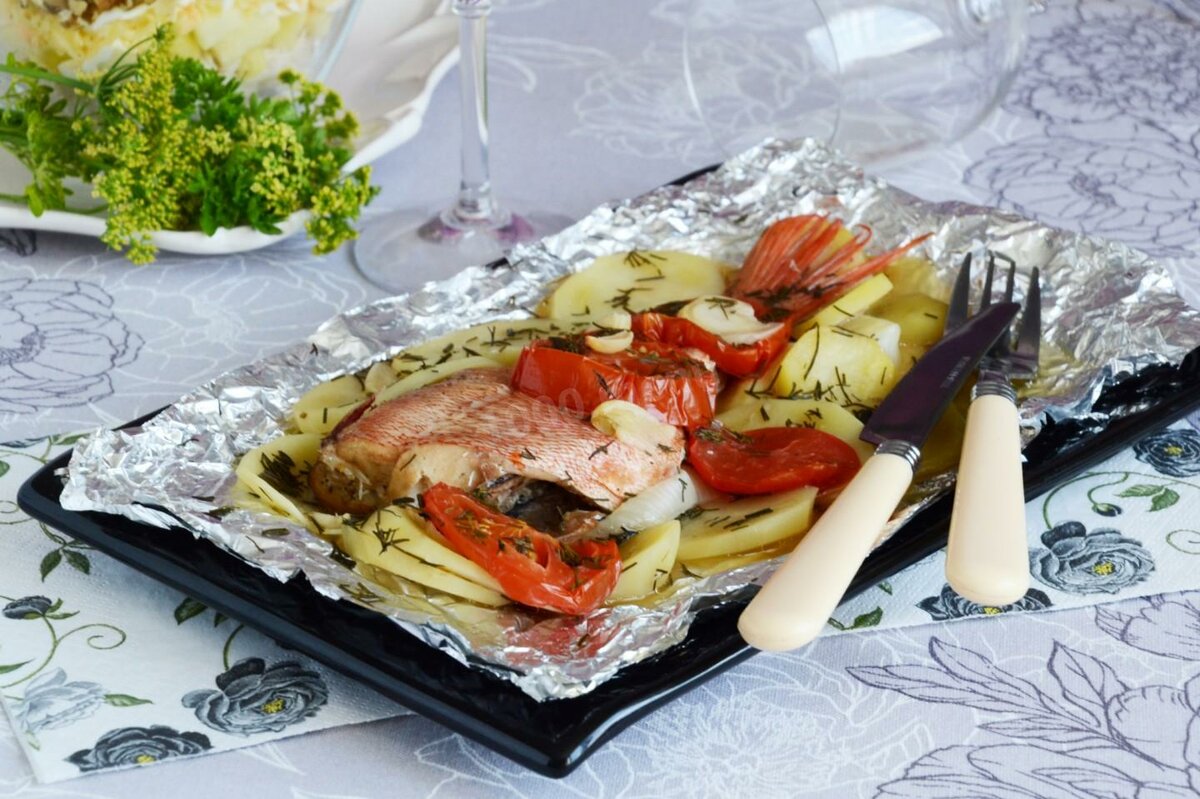
Problems that may arise
Scientists and doctors note that the use of foil is not as safe as we have been led to believe for many years. At first glance, it is harmless. And this is justified in the case of freezing or storing food under a shiny film.
However, during baking, when exposed to high temperatures, aluminum tends to release toxins. This, in turn, leads to various diseases. They do not form in one day, but still, regular consumption of foods baked in foil can play a role in this matter.
Expert advice
Foil is a real godsend for the kitchen. With its help you can store, bake, freeze food. Thanks to its special properties, it literally seals the aromas and juices of the prepared dish inside. The products are marinated in their own juice and turn out rich and tasty.
To avoid negative consequences, we advise you to avoid using film every day. Also, during cooking, make sure that the food comes into less contact with the matte side of the foil. Do not cover the baking dish completely, allow air to circulate freely. This will make the dish juicier.
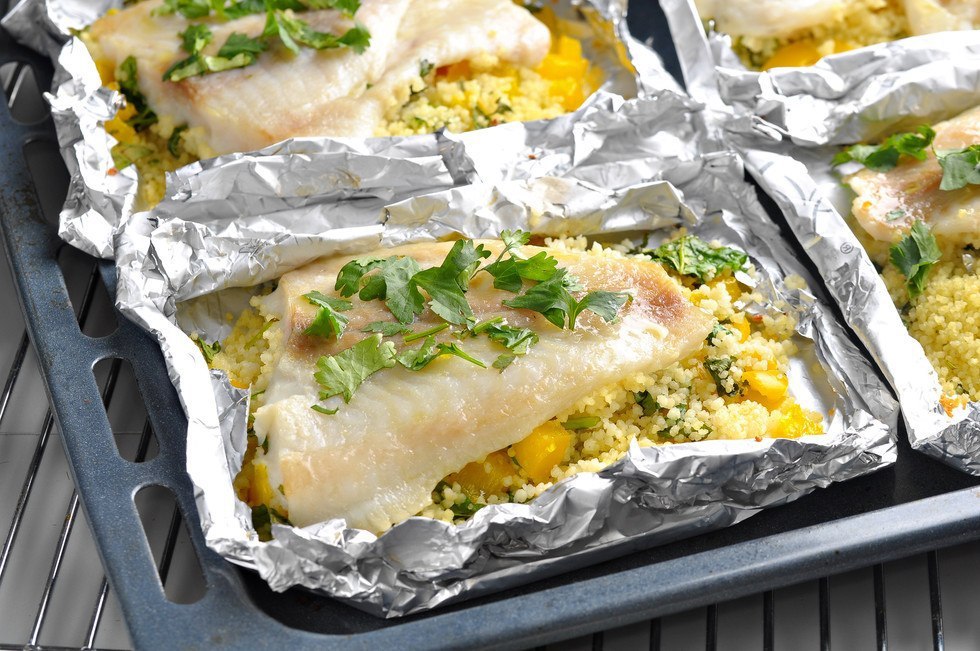
Alexander - five points)
Maybe it was Friday and the evening, but the article seemed incomprehensible. One sentence about the “gloss”, the next, almost the same, about the matte side... :((
My advice to everyone: the glossy side is like a mirror. And it reflects heat (the same rays, just in a different range). If you want to concentrate (keep) the heat inside the product, then wrap it with the matte side facing out (the heat passes through without being reflected). And if you want to prevent it from burning (for example: chicken leg bones in the microwave), then wrap them with the glossy side out (the heat is partially “reflected”). The difference will indeed be small, but it will be there. 🙂 😉
Good mood to everyone and success in cooking!
It’s hard to think of a greater stupidity - putting foil in the microwave!



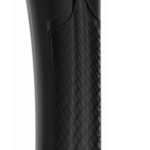
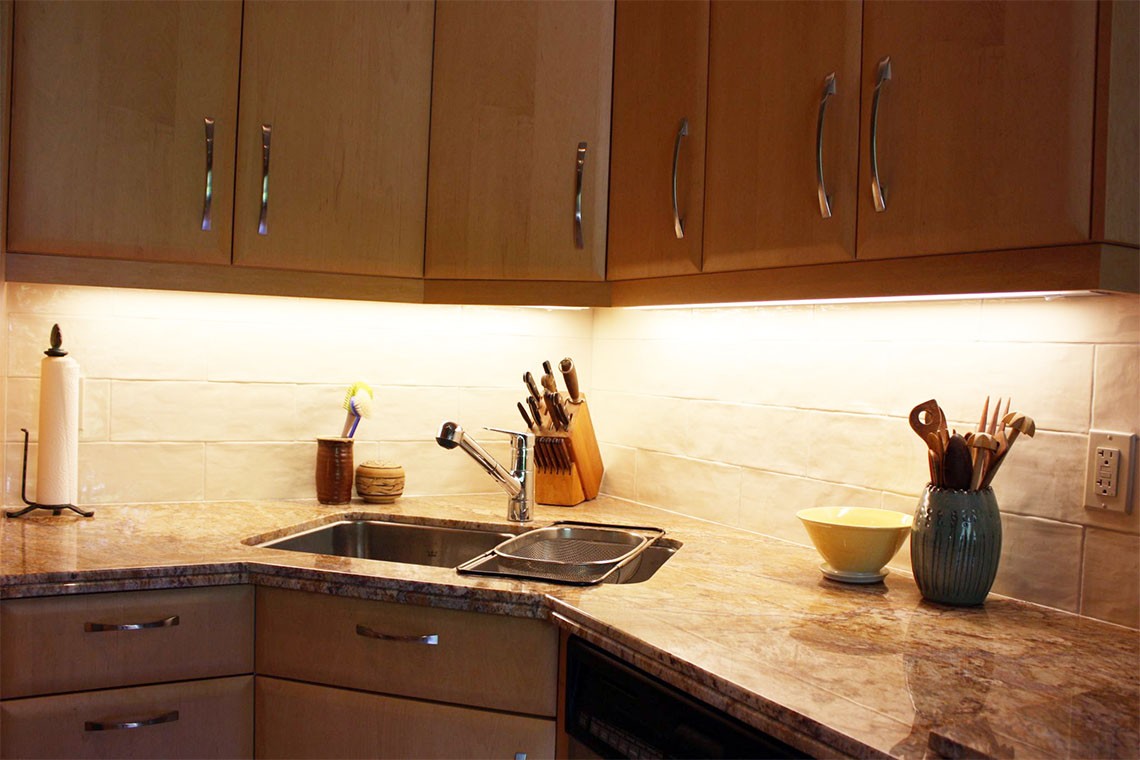
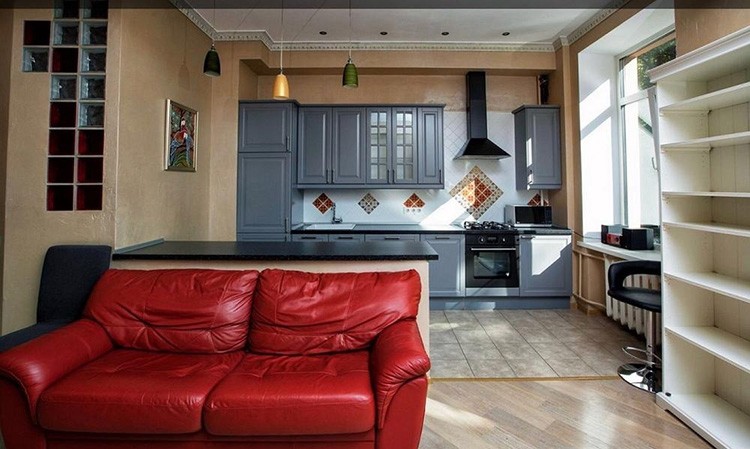
A lot of letters. Just write: glossy inside, matte side outside. The product should only come into contact with the glossy side.